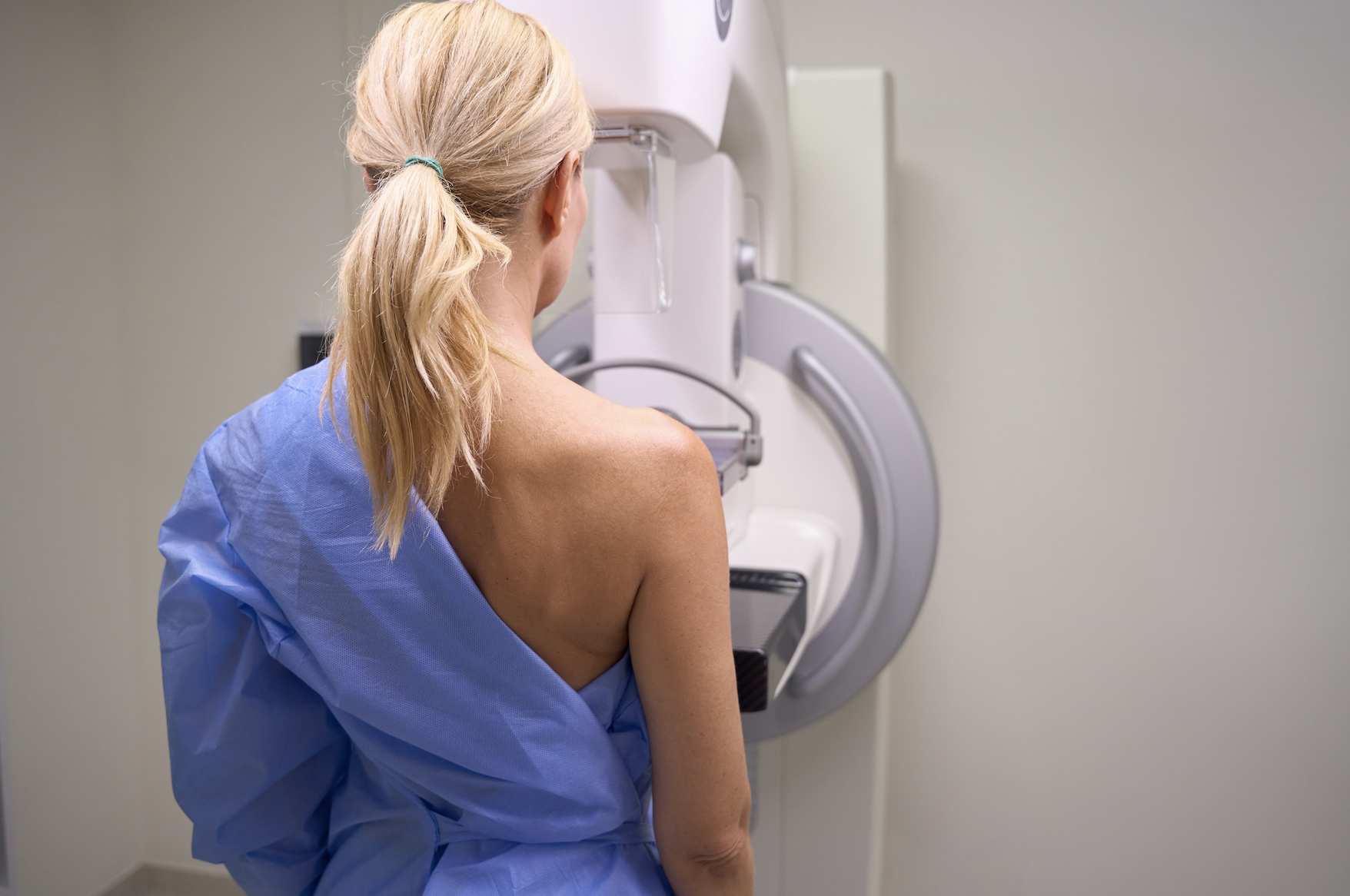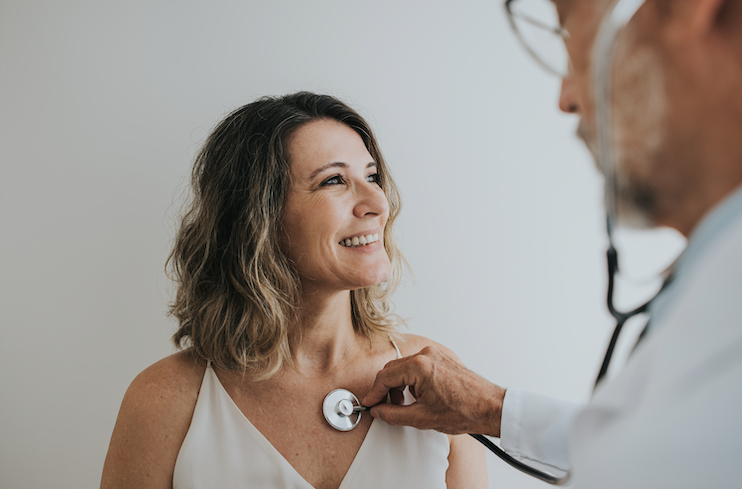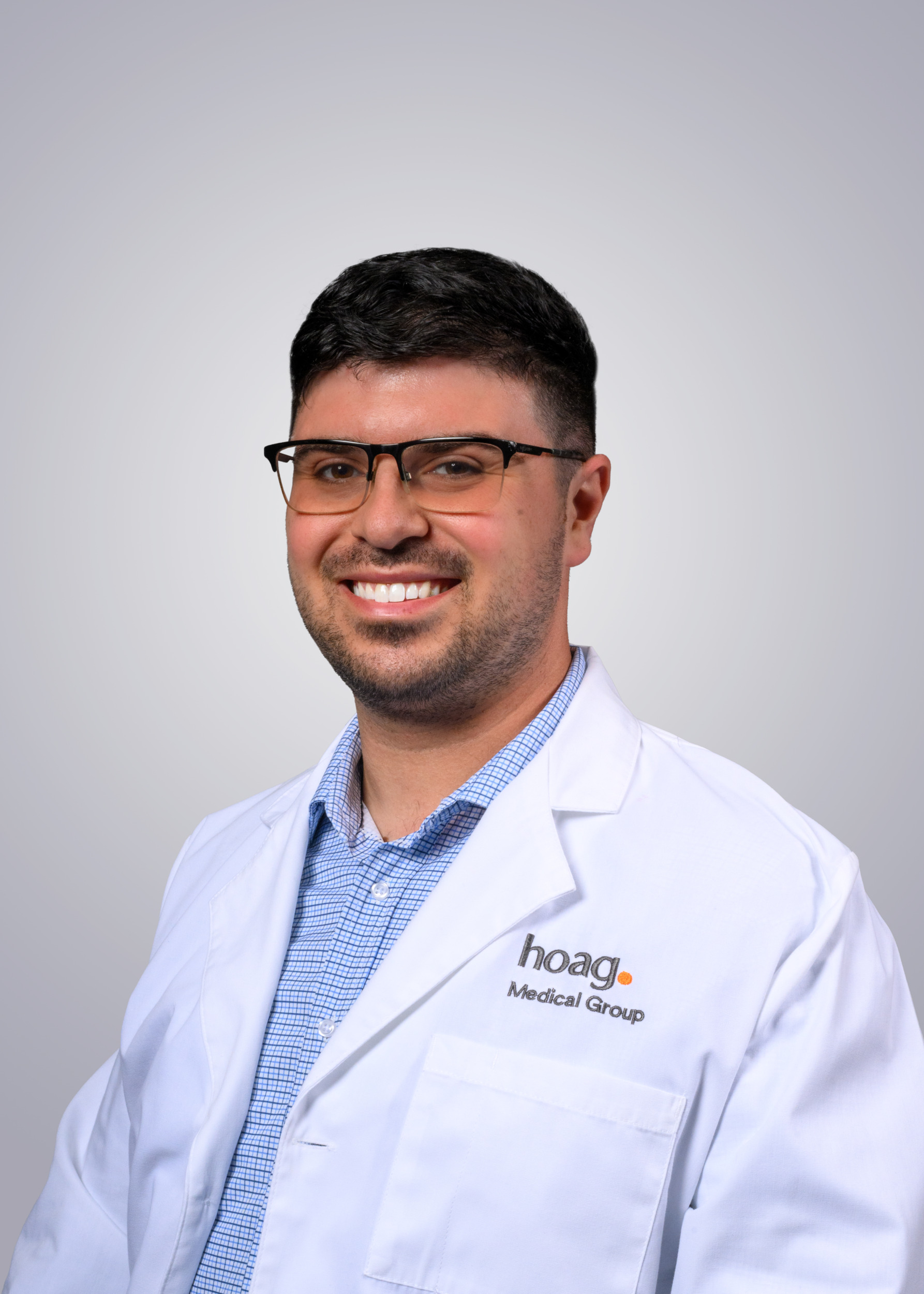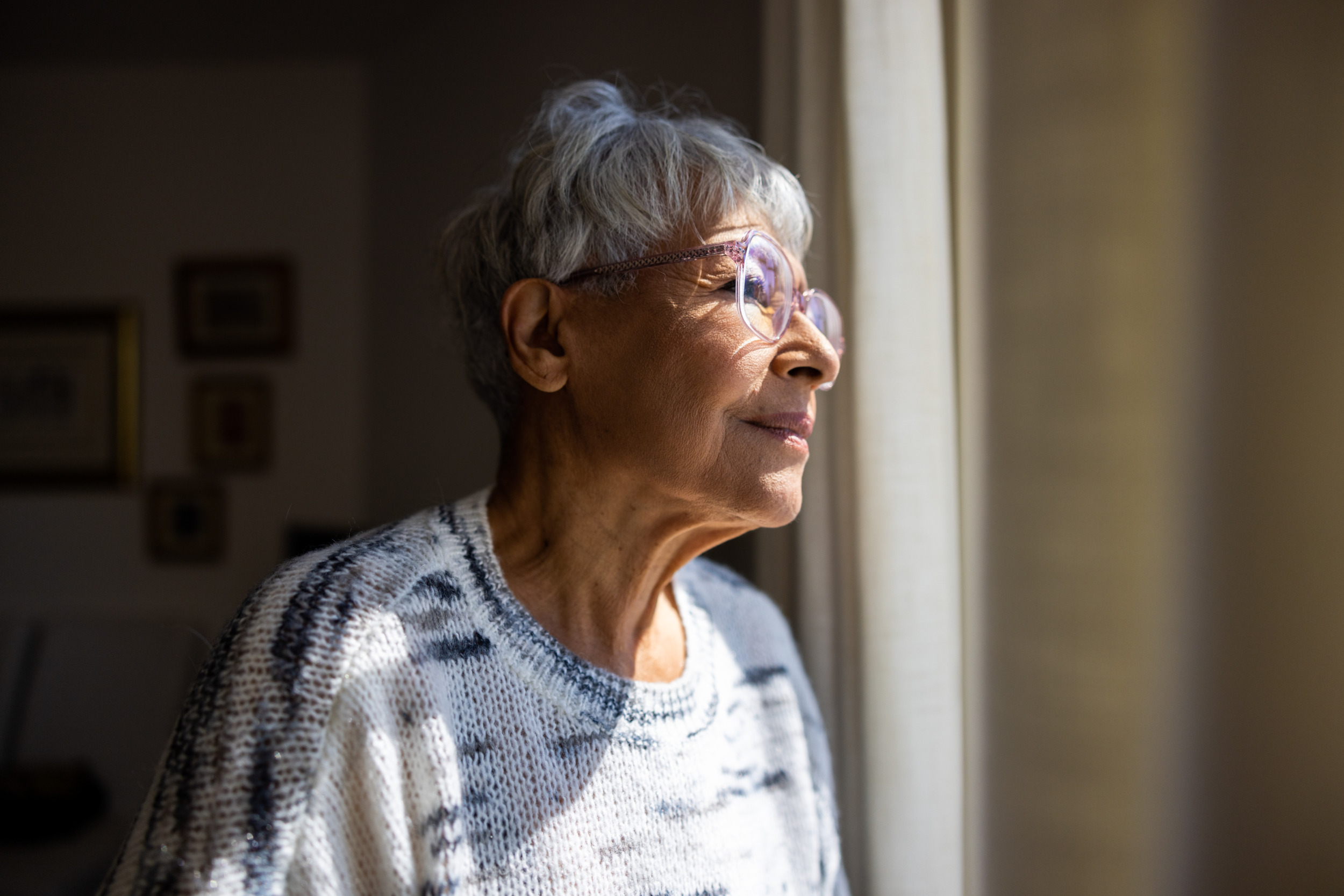
If you experience leg pain, your blood vessels may be the last thing on your mind, but the pain may be caused by issues with your circulation.
“When and how you experience leg pain is a tell-tale sign of what is causing your pain,” said Antonio Covarrubias, M.D., a vascular and endovascular surgeon at Hoag’s Vascular Surgery Program.
Oftentimes the pain is caused by an arterial or venous disorder:
- If you experience leg pain when you’re active, but it resolves temporarily after you rest, you are likely experiencing an arterial disorder. Arterial disorders involve your arteries, the blood vessels that carry oxygen-rich blood to your body.
- If you experience aching, heaviness, cramping or swelling in your legs, especially after standing, it may be caused by a venous disorder. Venous disorders affect your veins, the vessels that return your blood to the heart and lungs for more oxygen. Since these vessels work against gravity, they have tiny one-way valves that prevent blood from flowing backward.
What are the most common arterial and venous disorders?
- Peripheral Artery Disease or Peripheral Arterial Disease (PAD): condition when your arteries become narrowed by a build-up of plaque (or fatty deposits), reducing the flow of oxygen-rich blood to your muscles, causing pain.
- Chronic Venous Insufficiency (CVI): most common venous disorder that affects your legs. This occurs when the tiny valves in your veins weaken or malfunction, causing blood to pool in your legs. This pooling can lead to pain, heaviness, cramping, swelling, varicose veins, changes in your skin and ulcers. 40% of people in the US have CVI.
The good news is that there are treatment options available to address the cause of your leg pain. The Vascular Surgery Program at Hoag helps resolve leg pain that stems from arterial and venous disorders, by utilizing lifestyle changes, medication, compression stockings, in-office treatments and minimally invasive outpatient surgical procedures.
“Don’t live with the pain and write it off as getting older. It is important to take action when you experience leg pain because it is treatable, and you can slow the disease progression.”
For more information, visit hoag.org/vascular.









